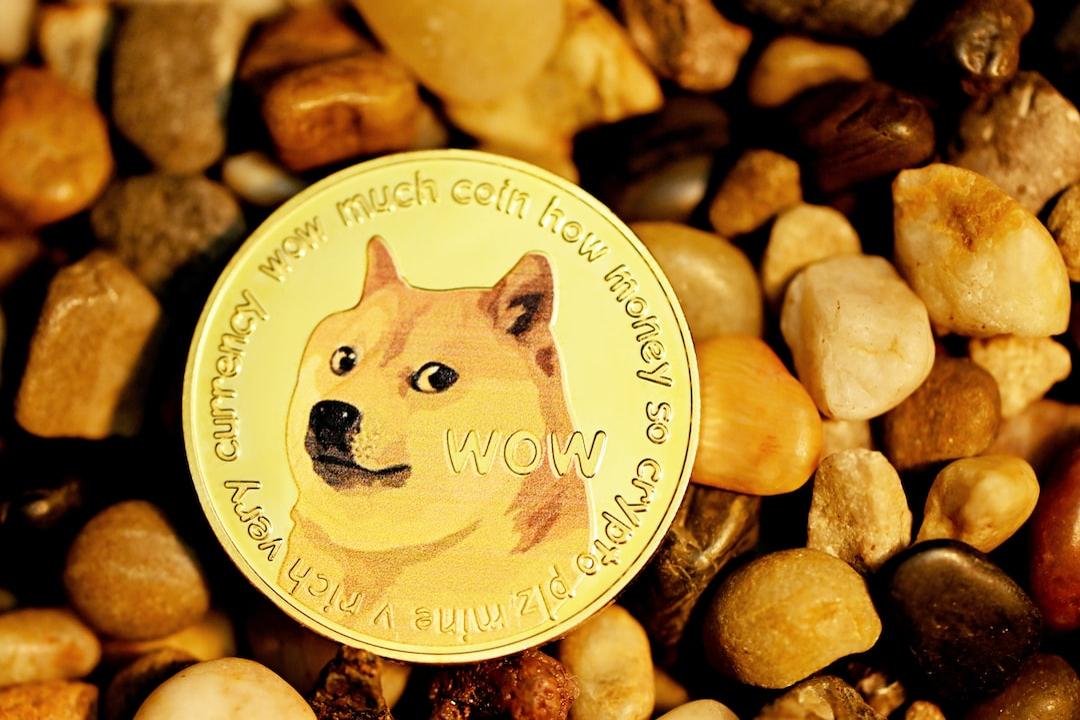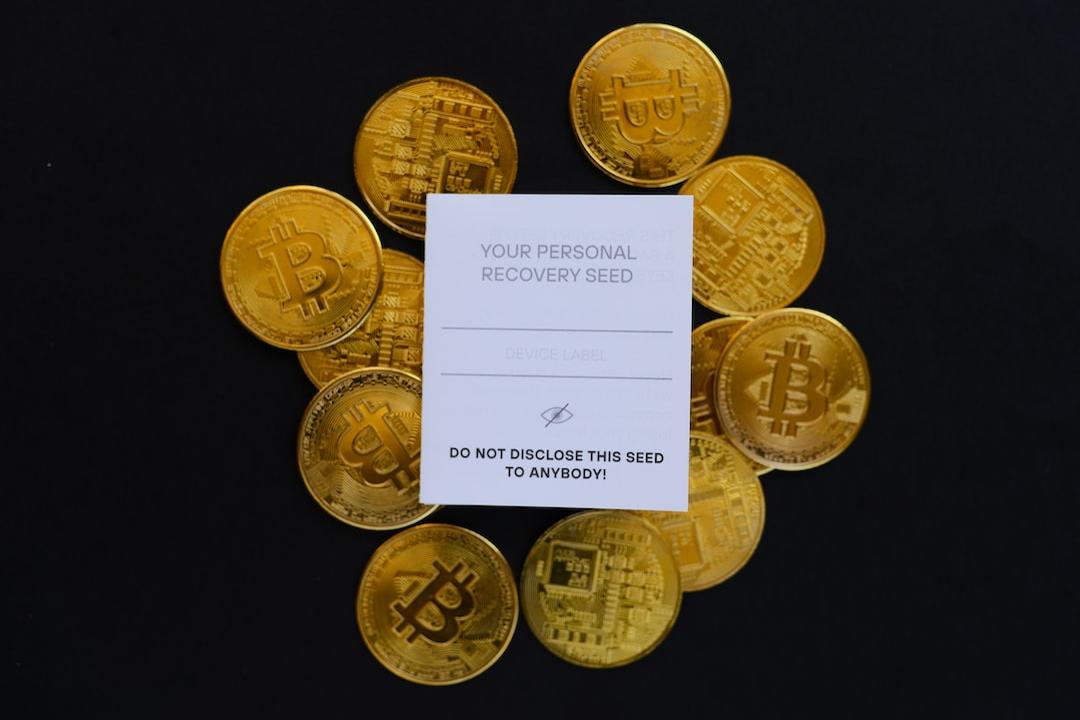NFT Project Pandora
Based on ERC404, Pandora is a design that combines fungible tokens with NFTs, allowing users to trade NFTs on Uniswap. As an economic experiment to improve NFT liquidity, it has successfully attracted market attention. (This article is not investment advice)
Table of contents:
Toggle
What problem does ERC404 aim to solve?
Liquidity split due to asset types
Inability to fully utilize NFT liquidity
Introduction to ERC404: NFT-bound tokens
Optimizing NFT liquidity
Potential issues with ERC404
Introduction to Pandora Replicants: Avatar Collectibles
The economic experiment brought by Pandora
What problem does ERC404 aim to solve?
ERC404 is an experimental NFT standard proposed by former Coinbase employee 0xacme, aiming to optimize the liquidity of digital assets.
Existing digital assets in the crypto community mainly come in two forms: fungible tokens (FT) and non-fungible tokens (NFT). Almost all contracts need to consider the differences between these two asset types in their design.
For example, Uniswap is designed entirely based on fungible tokens, so NFTs cannot benefit from its secure AMM trading contract. On the other hand, OpenSea can only be used with NFTs. NFTs and tokens are incompatible.
Due to the existing contract design, NFT liquidity cannot be fully utilized. The mainstream approach is still using listing and trading, while NFT lending and fractionalization protocols have not become mainstream, resulting in a lack of liquidity.
ERC404 Introduction: NFT-bound Tokens
To improve the liquidity and composability of digital assets, especially NFTs, 0xacme proposed a new token standard, ERC404. Unlike other liquidity solutions, ERC404 combines ERC20 and ERC721, allowing tokens that comply with ERC404 to be traded on Uniswap or OpenSea.
In specific design, each token corresponds to an NFT. When a user sells an NFT, the token will be automatically transferred, and when a user sells a token, the corresponding NFT will be burned until the token is purchased by another user, and the NFT will be re-minted. This allows the two assets to represent each other, enabling assets that comply with ERC404 to interact with contracts that accept ERC20 and ERC721, maximizing the composability and liquidity of assets.
The ERC404 protocol provides a way to optimize the liquidity issue of NFTs.
With ERC404, users can sell their NFTs to Uniswap liquidity pools without the need for listing on platforms like OpenSea.
However, as fundamentally two token standards, their original designs were not intended to be used together, so there are still use cases that need to be clarified in the design.
For example, what should be done when a user sells only 0.5 tokens? Which NFT should be burned when a user owns multiple NFTs and sells a token? NFTs themselves have low liquidity, and trading slippage in the Uniswap AMM model would be significant. How can this be resolved? These details have room for improvement.
The community has also discussed the use of TokenScript introduced by Smart Layer as a solution.
0xacme’s Pandora team, including Pandora Replicants, a project that adopts the ERC404 standard, was launched on the 2nd of this month as the first experimental project using ERC404.
There are a total of 10,000 Pandora Replicants. The project also issued a token named PANDORA, with a total of 10,000 tokens bound to the NFTs. The price of both the tokens and NFTs is 4.1 ETH, equivalent to approximately $11,000, with a price increase of about 20 times since the launch.


According to the team, Pandora Replicants have five rarity levels, and it is expected that the rarity of the NFTs will change with the re-minting of tokens. The blind image has not been revealed yet.
Another interesting aspect is that the NFTs in this project can be obtained by purchasing PANDORA tokens from the liquidity pool.


Pandora’s design, which combines NFTs with tokens, has successfully revitalized the fragmentation of NFTs and improved liquidity. It has potential applications that can be imagined in the market. For example, better integration of NFTs into the DeFi lending market, staking, or derivatives, maximizing the liquidity and capital utilization of NFTs.
However, compared to fungible tokens, NFTs have lower liquidity. Is this due to contract design limitations or other reasons? If the market gives the latter answer, it will greatly affect the development of ERC404 and Pandora.
As for the answer, we look forward to more thoughts from the Pandora project in the future.
In addition, the Pandora project is still in an experimental stage. Apart from market risks, the contract security has not been fully verified, making it a high-risk product, and participants need to be especially cautious.
(This article is not investment advice)
0xacme
ERC404
NFT
Pandora
Pandora Replicants
Fragmented NFTs


Further reading
OKX NFT Market with Three Core Drivers
Magic Eden enhances its product line with self-custodial wallets, competing with UniSat and OKX.

